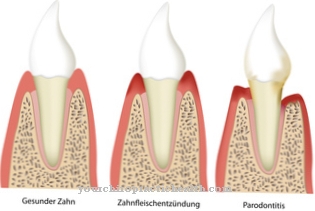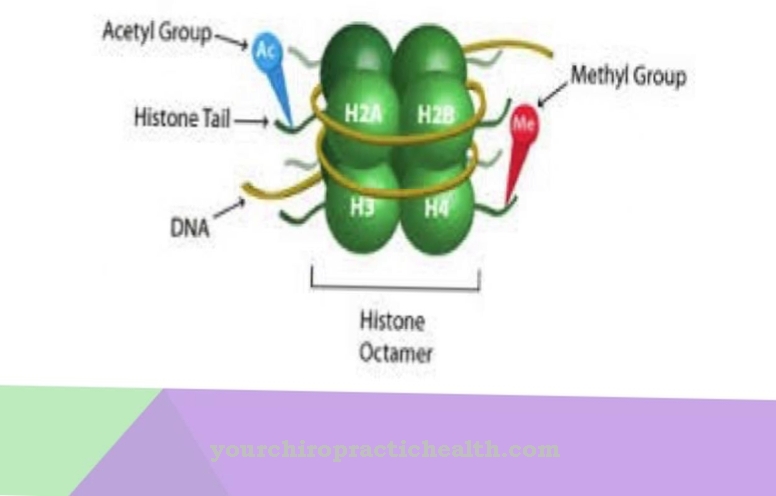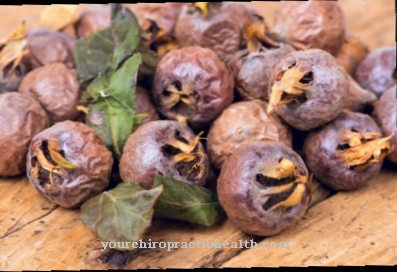The Soybean is a legume and belongs to the so-called legumes, the botanical family of the butterflies. As a vegetable, soybeans have been used as a cultivated plant for a very long time, now the cultivation areas are spread all over the world.
It is a high-quality, protein-rich, plant-based food, the importance of which will increase in the future due to the further increasing world population.
What you should know about the soybean

Soybeans are tasty vegetables that can be prepared and consumed in very different ways. Historically, it can be traced back to the fact that the soybean played a role as a vegetable and cultivated plant as early as 2800 years before Christ.
It is certain that the soybean originally came from China. Today it is rightly considered the most economically important vegetable in the world. It was not until the end of the 18th century that soybeans reached America and Europe before they began their further triumphal march around the globe. Cultivation is now taking place all over the world, but some main cultivation areas have established themselves, including the archipelago of the Philippines, Russia, Central and South America, Africa, Indonesia, China and India.
The fact that the soybean has become the most important economic crop in the world is due, among other things, to its extremely diverse uses and uses. The soybean plant is bushy in shape and can grow up to 1 m tall. Depending on the cultivation and variety, the beans can be of different colors, namely black, brown, gray or yellow.
The pods of the soybean are hairy and can contain up to five seeds. The seeds can also vary in color, size and shape depending on the variety of soybean. As a rule, however, the seeds are cream-colored in appearance. Black, green or red soy seeds are also offered on the free world market, but far less often. Most consumers on the European continent only know the soybean as a dried fruit.
In America or Asia, however, the beans are mostly processed fresh. The processing of the fresh soybeans is similar to that of the peas, in that the seeds are simply pressed out of the pods. The soybeans should be harvested as ripe as possible, the degree of ripeness can best be read from the fact that the pods are about to burst. When properly stored, soybeans can be kept almost indefinitely. There are now numerous genetically modified variants of the soybean around the world.
Importance to health
Nutrition experts believe that soybeans are extremely important to the health of their people. This takes into account the fact that soybeans are not only a high-quality food, rich in vegetable proteins, but also a phytopharmaceutical for the prophylaxis and therapy of various diseases.
In the so-called developing countries, the soybean is still primarily used today as a pure source of food. In America, Asia and Europe, food preparations made from soybeans are particularly popular with vegetarians and vegans.
The soybean and its importance for health has been the subject of numerous studies in the past. Because of the hormone-like effects of some of the ingredients, the health of women in particular seems to benefit from regular consumption of products made from soybeans. Medicinal effects are therefore primarily found in menopausal symptoms but also in digestive problems, because vegetable protein is particularly easy to digest. Regular consumption has also been shown to significantly lower cholesterol levels and reduce the risk of relapse in certain types of breast cancer.
Ingredients & nutritional values
| Nutritional information | Amount per 100 gram |
| Calories 446 | Fat content 20 g |
| cholesterol 0 mg | sodium 2 mg |
| potassium 1,797 mg | carbohydrates 30 g |
| protein 36 g | vitamin C 6 mg |
Soybeans contain up to 36% high-quality vegetable protein, depending on the variety. Soy can be a complete substitute for animal protein, especially for vegetarians or allergy sufferers. The soybean is also considered to be particularly rich in fiber, because fiber, mostly as carbohydrates, makes up about 22%. In addition, every soybean contains a mix of different vitamins, minerals and trace elements, with the mineral potassium dominating.
The extended health benefits are mainly due to the increased proportion of so-called secondary plant substances, such as isoflavones or lecithins. There are around 20 g of fat per 100 g of soybeans, which together with the other ingredients makes for an average nutritional value of around 340 kcal.
Intolerances & allergies
Sensitive people with a corresponding allergic disposition may well lead to intolerance and allergies through the consumption of soy protein. In the presence of a so-called cross allergy, the allergic symptoms are not only triggered by the vegetable protein, but also by at least one other ingredient in the soybean. In connection with intolerance reactions to soy products, patients primarily report skin rashes, so-called eczema or problems with the airways as asthma.
If there is a proven allergy to soy products, these must usually be permanently removed from the diet. This can be a problem when choosing food, as many industrially manufactured foods contain fractions of soy proteins. Not in all EU countries these are also subject to labeling.
Shopping & kitchen tips
Fresh soybeans are rarely available in German food markets. However, purchasing and storing the dried soybeans is considered simple and straightforward. The soybeans should always be stored in a dark, dry and airtight manner.
With such ideal storage conditions, the shelf life is almost unlimited, but at least one year. If you want to process fresh soybeans in Germany, it is best to turn to Asiashops. The fresh pods must be stored in the refrigerator and cannot be kept there for more than 3-5 days.
If you only want to process the kernels from the fresh soybeans, you should leave them in the pods until the time of processing for reasons of hygiene and freshness. Because only the kernels of the soybeans spoil very quickly. The whole soybeans as well as the seeds can simply be boiled in boiling water until they are soft. So-called edamame are particularly young soybeans that are harvested before they are ripe, a particularly well-salted snack with beer. Growing of genetically modified soybeans occurs primarily in the United States, but not only. If you want to protect yourself against genetically modified soybeans in your diet, you should always use certified organic goods.
Preparation tips
Dried soybeans always have to be soaked for several hours, preferably overnight, so that they can be further processed. During this process, important ingredients from the soybean are transferred into the water, which is why it should not be simply thrown away.
To prevent boiling over, soybeans must be boiled three times, stirring constantly. After the temperature has been regulated down, the pot is closed and the further cooking time is about 1 hour. The beans are only salted when the cooking process is complete, otherwise they will not be soft.

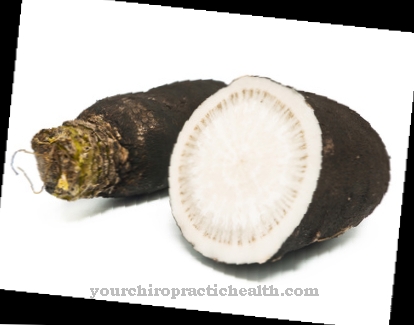
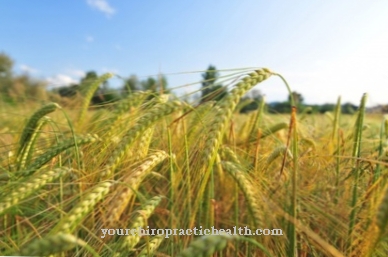
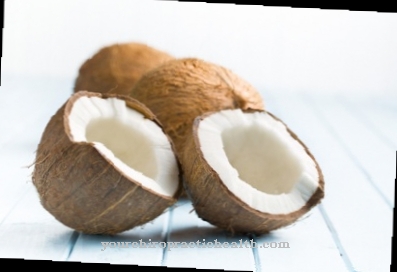


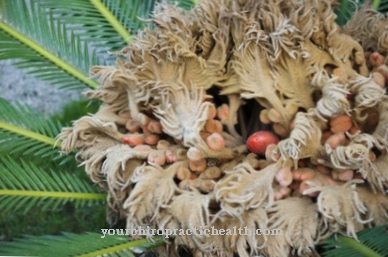

.jpg)


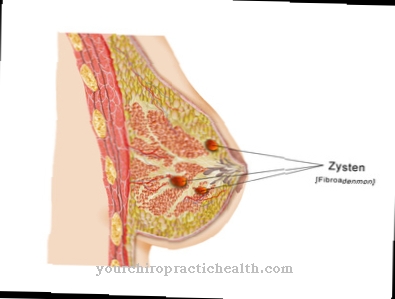

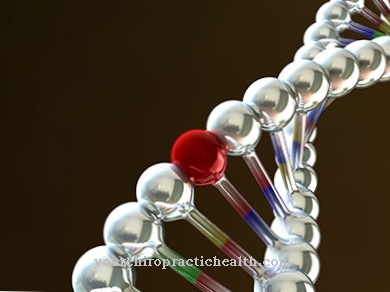


.jpg)



.jpg)
